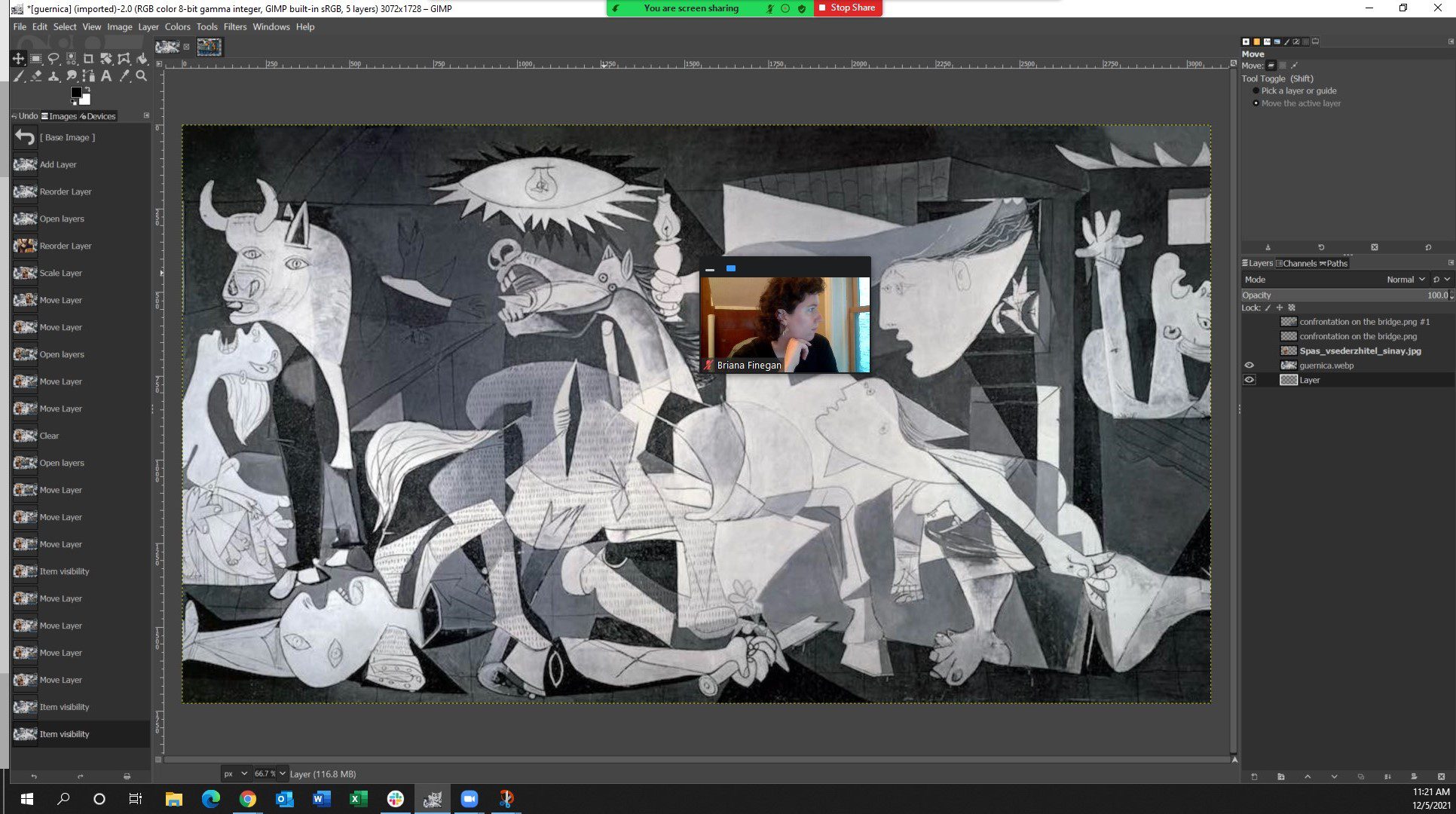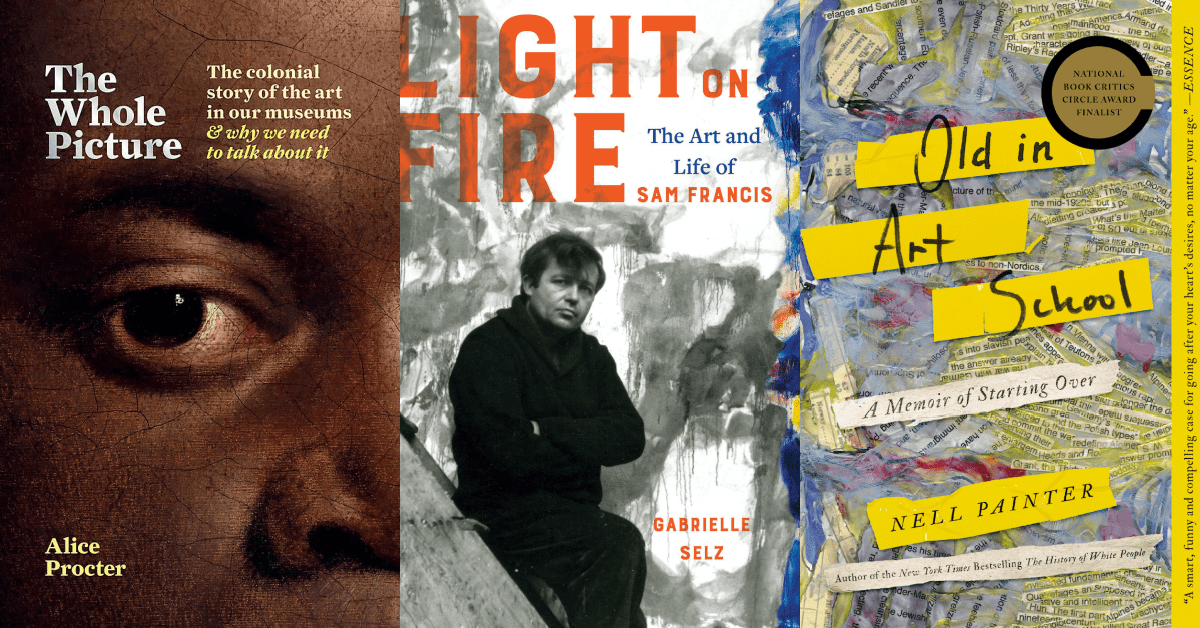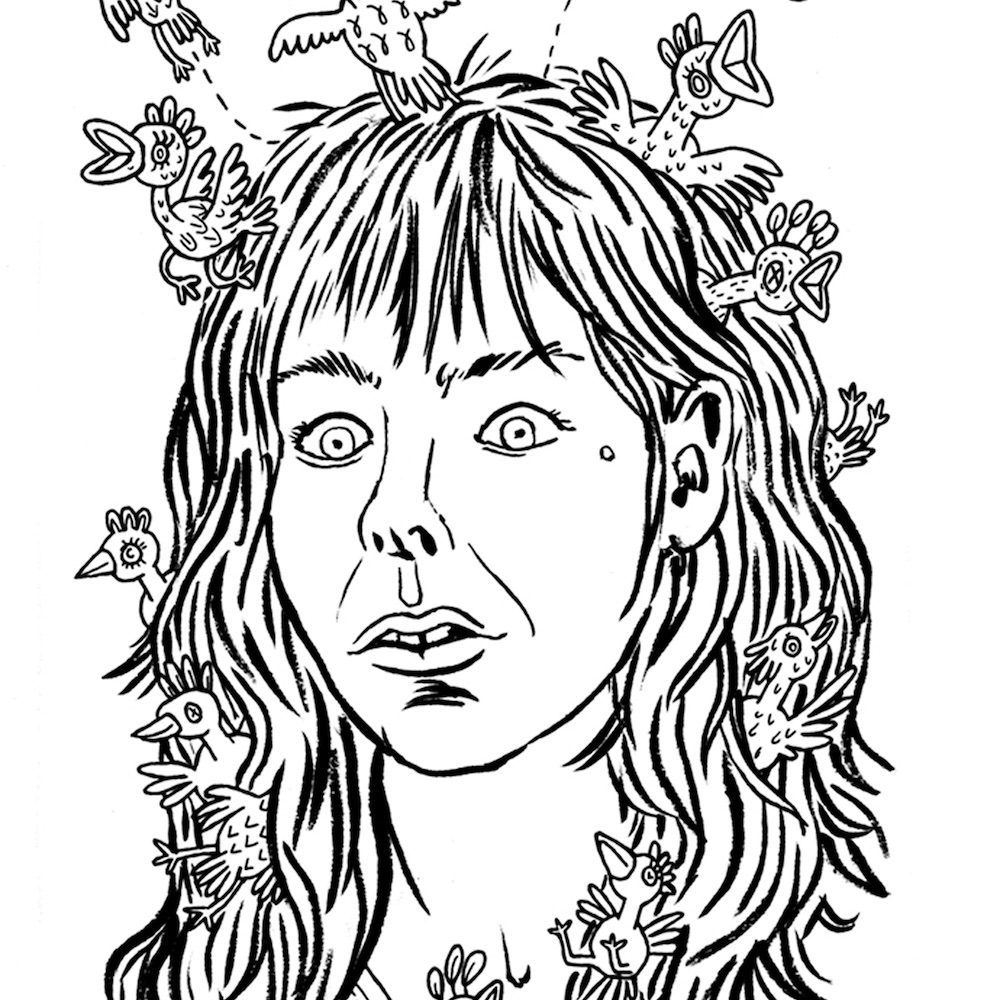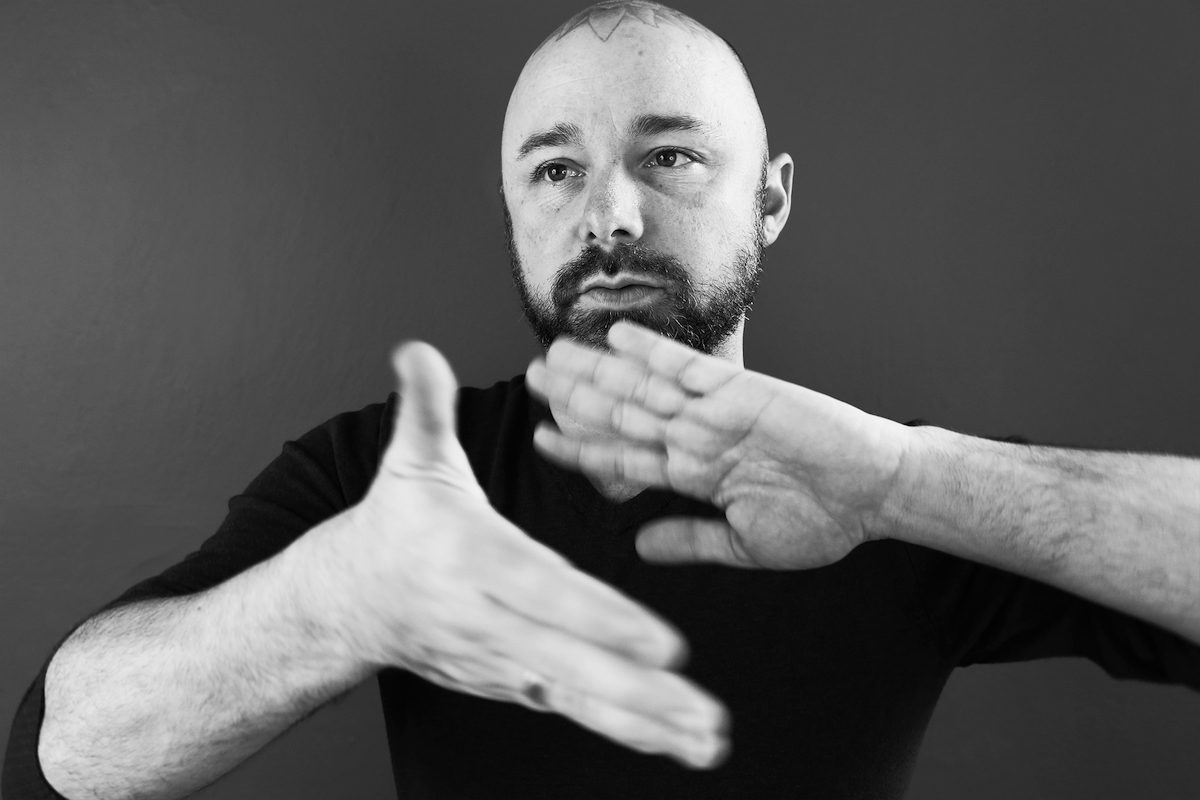Brian Dillon at the Guardian reviews a London exhibition, Dark Monarch, that traces imagery of the occult through British art, and Dillon devotes his review to exploring one motif prevalent in the show: the black mirror.
Noting that “there is something deeply seductive about the image of a pristine surface that frames unspeakable possibilities,” the show seems, he writes,
to be in thrall to the spirited seductions of gleaming black objects and darkly reflective planes… The black mirror (which historically fascinated artist and magus in equal measure) is actually and allegorically a portal between the most arcane practices and the mainstream of British painting and sculpture.
As an occult accoutrement, the black mirror has a venerable history. The belief that spirits could be summoned in a dark glass or smooth stone goes back at least as far as Euclid, who writes of images appearing in the space between the viewer and the magic surface into which he peers. By the 14th century, scrying with a black stone or a convex glass mirror was widely held to be a common practice among witches… During seances in the 16th century, demons were said to have been summoned from the depths of mirrors, and as late as the 18th century it seems the church was still pursuing adepts of the dark glass: an account from 1712 describes the arrest of a catoptromancer [a mirror-diviner] at the School of Theology in Paris.




